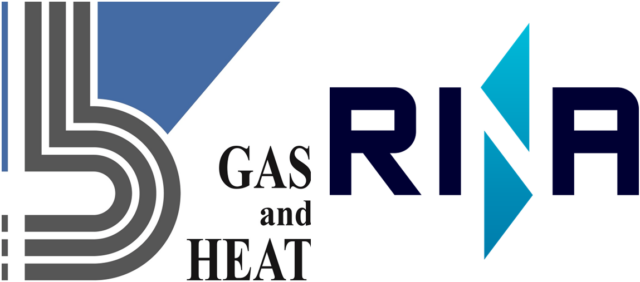Italy Gas and Heat partners with RINA for an ammonia-fueled bunker vessel
By Julian Atchison on March 13, 2024

Click to learn more. Gas and Heat will partner with RINA to develop an ammonia-fueled bunker vessel design.
Italian class society RINA will work with LNG-specialist Gas and Heat to develop an integrated cargo and fuel gas system for an ammonia-fueled bunker vessel. While RINA will handle compliance assessment leading to an AiP, Gas and Heat will develop the system design.
RINA and Gas and Heat are both driven by innovation and have a long history of cooperation on unique projects. The agreement represents a further step in this direction, allowing the integration of know-how and the delivery to the shipping industry of those technical insights and solutions that are much needed in this time of change. We do believe that a fleet of innovative bunker vessels, as part of the sea logistics, will boost the use of alternative fuels.
Giuseppe Zagaria, Marine Italy Technical Director at RINA in his organisation’s official press release, 23 Jan 2024
We are excited to announce the collaboration with RINA on this cargo and fuel system for a bunker vessel project. By applying our know-how in cryogenic gas transportation, we could deliver turnkey systems for the ammonia bunkering market.
Claudio Evangelisti, CEO of Gas and Heat Italy in RINA’s official press release, 23 Jan 2024
The vessel development builds on a partnership first announced in 2021, when the pair first began development of an Ammonia Fuel Supply System (AFSS). Bureau Veritas approved this AFSS system design in September 2022, and in the same month approved Gas and Heat’s design for an LNG-ammonia dual purpose tank. In that announcement, Gas and Heat noted they had two of these tanks already ordered: one for a river barge and one for an ocean borne vessel.
Twelve specimens were prepared for the tests in accordance with ISO 16540. Throughout the test, the specimens were loaded as Four-Point-Bend (FPB) to the Specified Minimum Yield Strength of the base material. Then tests were performed under three different conditions: at ambient temperature, -20C, -33C, in an environment of pure ammonia. After the completion of all tests, each specimen was visually examined at x10 magnification by stereoscopic microscope and subjected to fluorescent liquid penetrant (sic) examination to detect any visible surface crack. An additional tomographic scan was performed to ascertain that no inner crack was detected. The outcomes successfully demonstrated that cargo/fuel tanks made of this austenitic (sic) steel can carry both LNG and Ammonia, for seagoing and inland navigation.
Test conditions for the LNG-ammonia dual purpose tanks, from Gas and Heat’s official press release, 13 Sept 2022